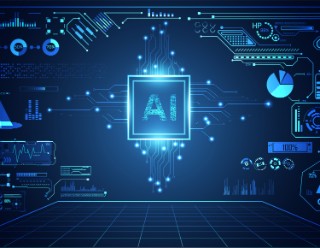Here, the EP-KI team blogs. This stands for decision support for business management processes with the help of new AI methods. Our junior research group »EP-KI: Decision Support for Business Processes using New AI Methods« works at the interface of business administration and artificial intelligence (AI). Funded by the German Federal Ministry of Education and Research, the junior research group focuses its research on future-oriented issues and their solution by user-friendly methods.
Who hasn't experienced this: AI-supported systems suggest a wide variety of products, even though we have only looked at them once. This may be annoying or even irritating, but it becomes much more important when systems are supposed to detect potential fraud or errors. Then we need to be able to rely on them to behave as we intend. Unfortunately, the world of data is rarely uniform, but very diverse. In our new blog post, we share with you what we need to watch out for when developing algorithms that are underrepresented.
more info







